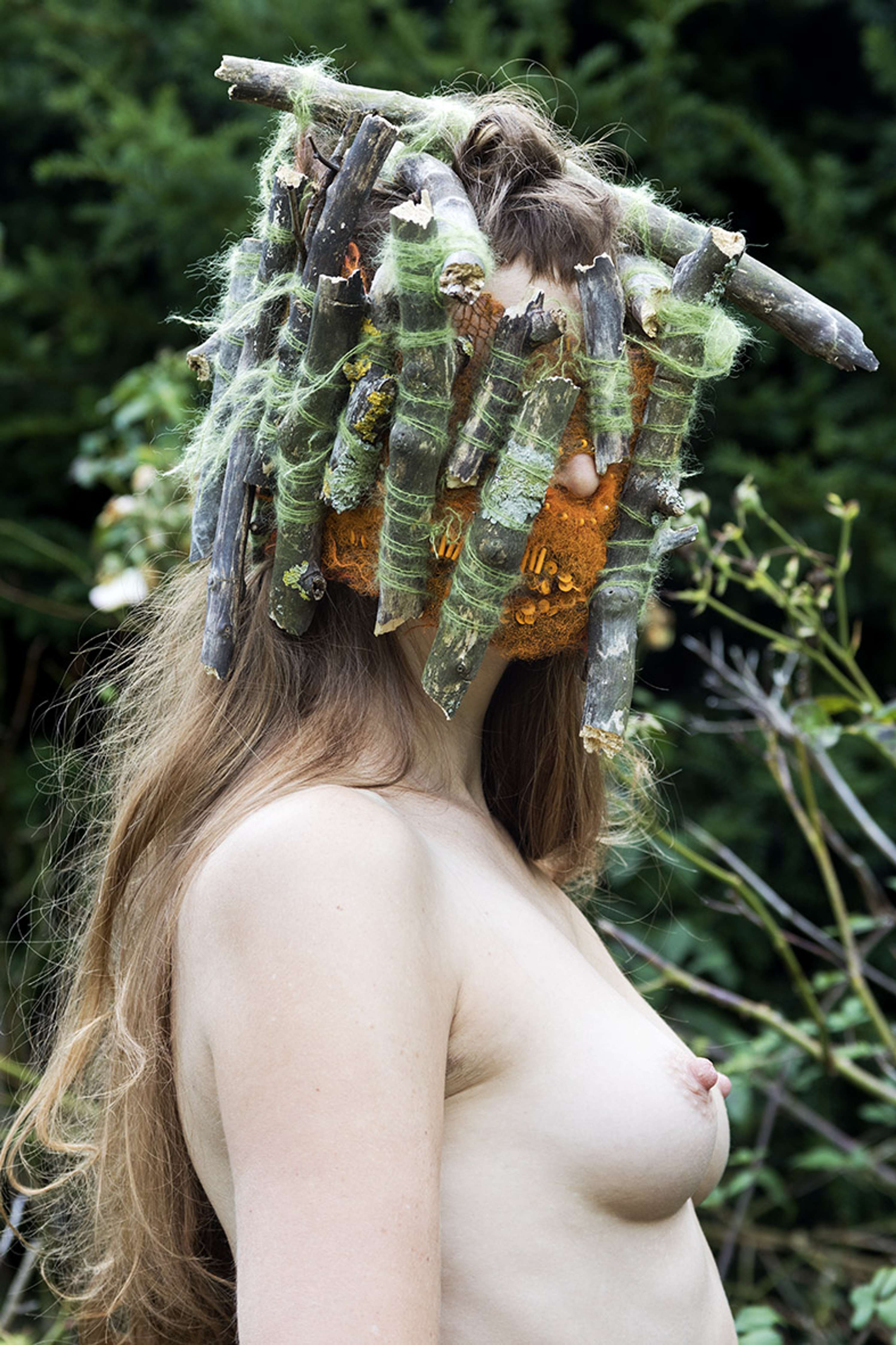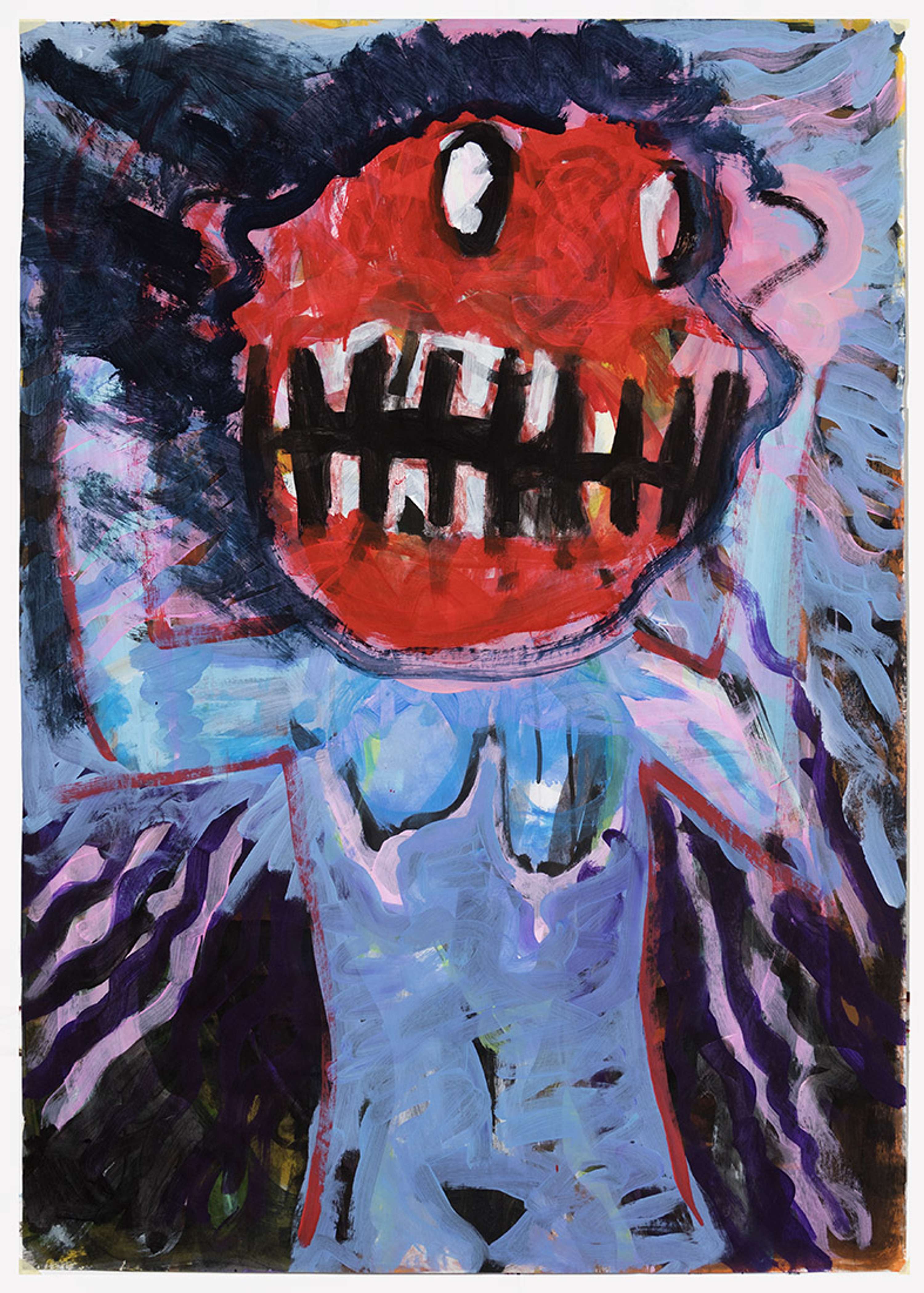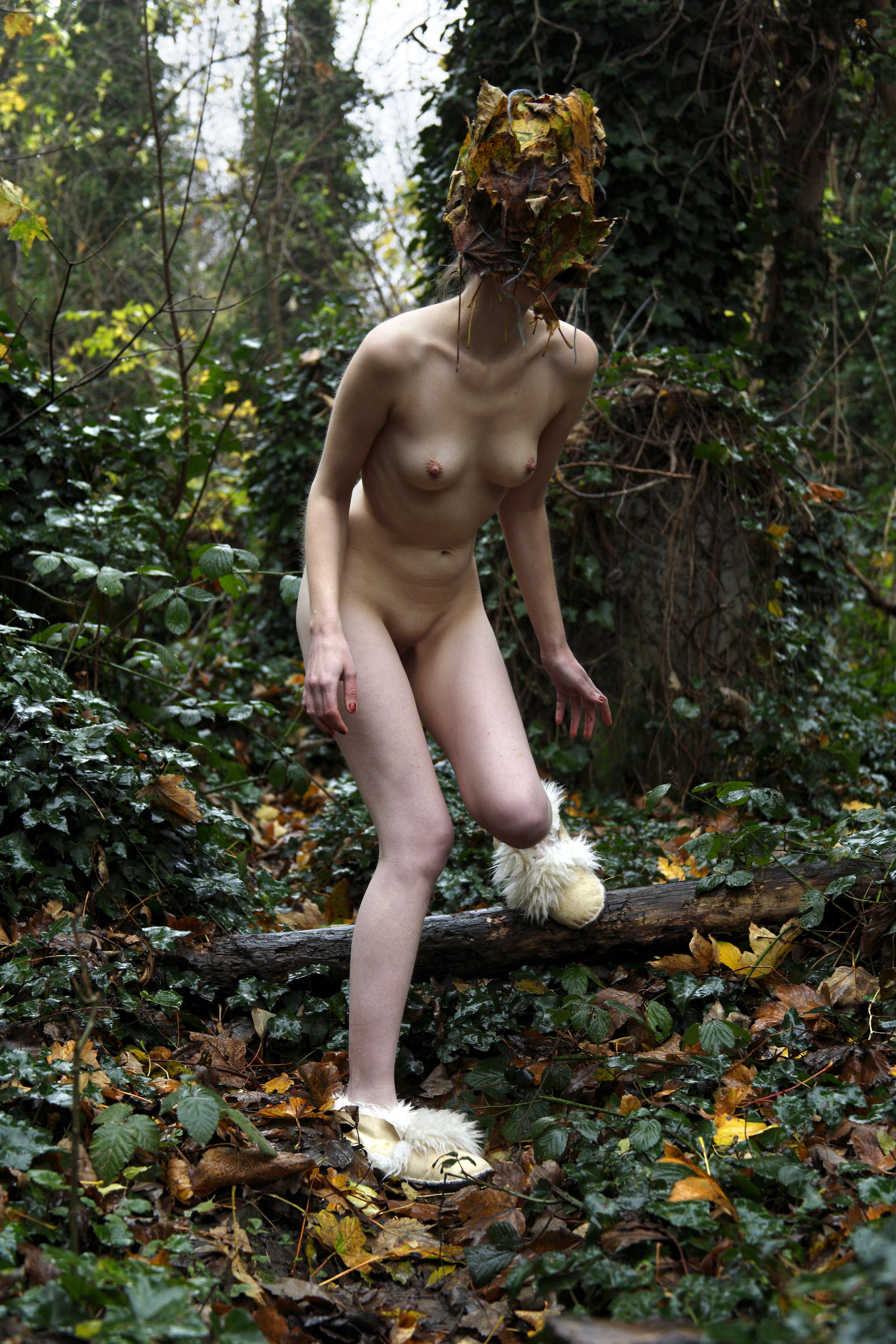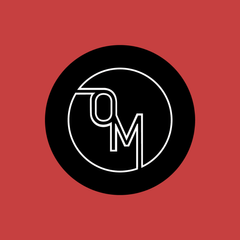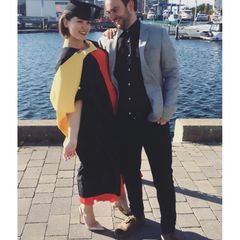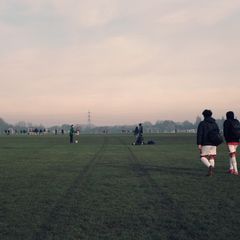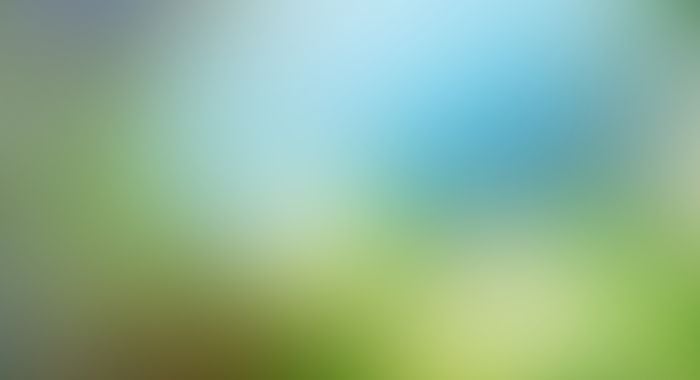Interview with Designer Judas Companion
We would love to introduce you all to Judas Companion, a Designer based in London. Judas will be chatting to us about inspirations, her work process and her time at the Sarabande Foundation. Original Magazine: Hi Judas! Tell us a bit about yourself! Where are you based and what are you currently working on? Judas Companion: Hello Original Magazine. My name is Judas Companion and I am an artist based in London. Originally I am from Germany and moved to London after my graduation from the Art Academy Düsseldorf in 2012. My studio is currently in east London. I work in different media to visualise the human inner turmoil’s and hidden emotions, often in a surreal, subversive way. I knit masks to photograph and perform in them, I create video performances to elaborate my characters and I also paint them. O.M: . After viewing your website we can see that you have experimented a lot with textile design, sculpture, paintings, drawings and moving image etc. At what time in your life did you know you wanted to create and what were your early inspirations? J.C: I always created! My dad studied art, and although he did not become an artist, we had all these different materials around the house, like paints, canvas, cameras, printing presses. My mum makes all her clothes herself, she learned this from my great aunt in the 1960s. That’s how I learned to sew, knit, crochet and everything that has to do with textiles. She also had a subscription to the Paris Fashion Week Haute Couture Magazine of which I ripped off pages and sticked them on my walls. Some of my first inspirations come from high end fashion and a mix of art, film and photography. Stanley Kubrick’s Eyes Wide Shut had a major influence on me and pushed me to start making masks. I always talk about one scene in the manson during the procession/orgy-like event. There were two masked people watching the scene from a balcony. When Tom Cruise was exposed, they suddenly turned their heads around simultaneously towards him. I found the violence generated through these “dead”, emotionless faces so powerful and identified completely with this: “The most inhuman expression is no expression”, I thought. And this became the starting point for me performing in masks. O.M: For us your collection of knitted masks have really intrigued us. Could you talk a bit more about the concept behind your mask designs? We noticed also that in a lot of them, you are modelling the masks and nudity is a theme that is conveyed in this selection. Why the self portraits and nudity, do they tell part of the narrative? J.C: The knitted masks are a kind of combination of my skills working in photography, sculpture and textiles. As my name “Judas” suggests, I am pointing out the inner strife, brokenness, duality within the human being. The transparent masks give me the option to be seen and be invisible at the same time. I mostly shoot myself naked to emphasise the vulnerability of the character, the persona I am acting as. Beyond the sometimes cruel, horrifying, strong, crazy, confident, experienced etc. surface there is a very sensitive human being. At least for me this is the case and I believe everybody, no matter how strong their appearance on the surface, is a sensitive and vulnerable being, seeking ways to deal with it, whether by hiding, pointing it out or fighting against it. The knitted masks give me the possibility to visualise this inner struggle. And it is remarkable that during shootings which are often outdoors, I feel invincible just by wearing a mask, even though my body is completely uncovered. My works tend to be self portraits. Although this is not a rule and I have some upcoming projects involving other people wearing my masks, I mostly come back to the self portrait. I think this is because the performing element is part of the work. I need to “feel” how it feels to shoot naked, outdoors, in winter, in public spaces, covered by a face mask only. I love pushing myself to the edge and every shooting becomes an exciting event. O.M: We were lucky enough to see you model and take part in the performance presentation of ROBERTS WOOD at London Fashion Week. Has modelling always been part of your creative background? Has experiences like this maybe, inspired the self portraits? J.C: Actually no, I have only started to occasionally model since I am in London. But the posing I do for a photoshoot and performing in my videos help me to feel just normal during the work I did for Roberts Wood. I loved working with them. We know each other and became friends during our residency at Sarabande in 2017/18. O.M: You have been featured and exhibited your work across Europe for some high profile publications including Another, I-D etc. In 2017, you were supported by Alexander McQueen’s legacy Sarabande Foundation. Massive congratulations firstly, but also how did such an opportunity come about? J.C: This was purely by chance! I found the open call for the Sarabande Foundation online. And since Alexander McQueen has been an inspiration since childhood, it was clear that I would apply. I received a one year studio residency in the Sarabande studios in East London, which was amazing. I got to know many great artists and also makers, jewellery and fashion designers like Roberts Wood, who were also residents O.M: As for many, this pandemic has really challenged the way the creative industry and artists approach their own work. How was lockdown affected you (positively and/or negatively). How have you had to adapt to new ways of working and creating artwork? J.C: Lockdown did not affect my working structure because I was lucky that my studio building remained open. At the beginning I even had more calm time to myself because exhibitions paused and I could focus on making only. But the impact became evident financially since people did not commission or buy as much as they did before Covid. Although museums and exhibitions spaces are back open now, the art scene, as any other, is still deeply affected. O.M: And finally, if you could offer one piece of advice to any student and emerging designers, especially going through this pandemic, what would it be? J.C: Stay true to your ideas, everything else will find its way from there. I have spend a lot of time trying to adapt my work to meet other people’s standards or expectations. That was a waste of time and your work becomes interesting especially through being different and (sometimes) difficult! Thank you for chatting with us Judas Companion. Keep up to date on all our socials for more features coming soon!
